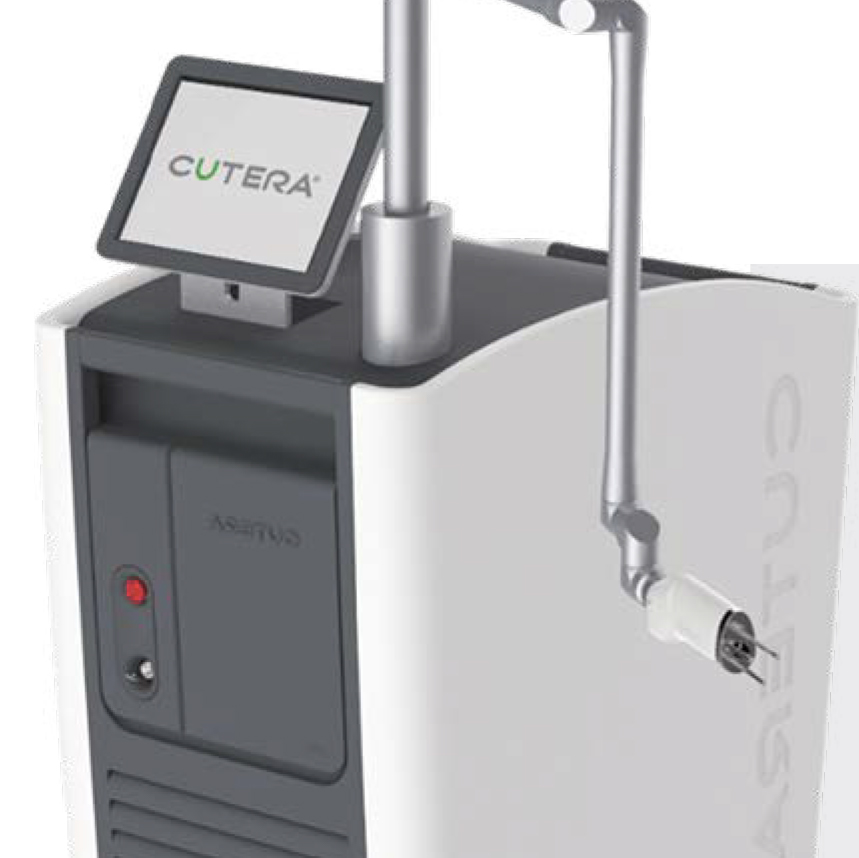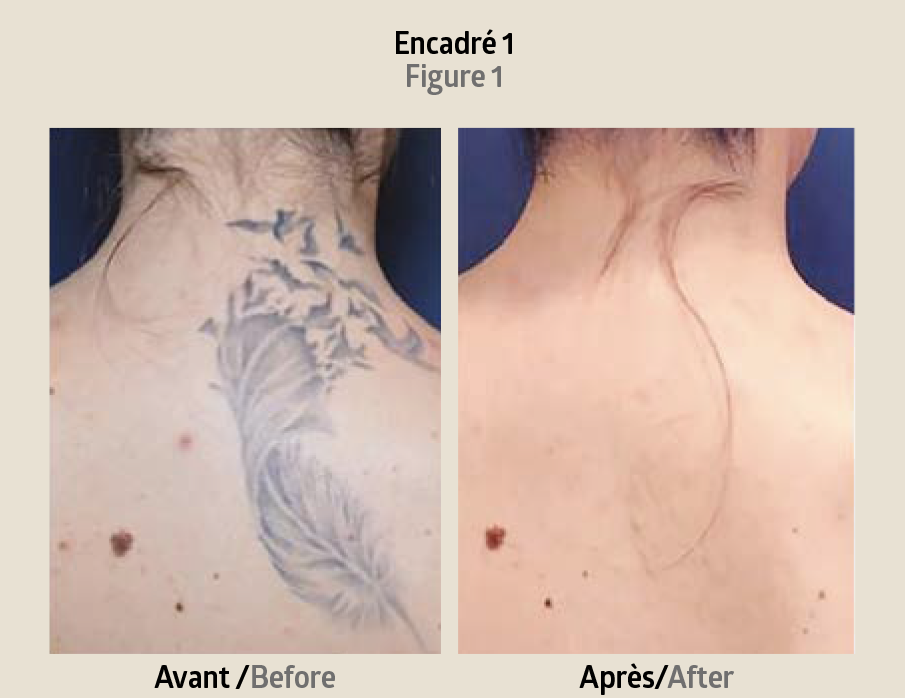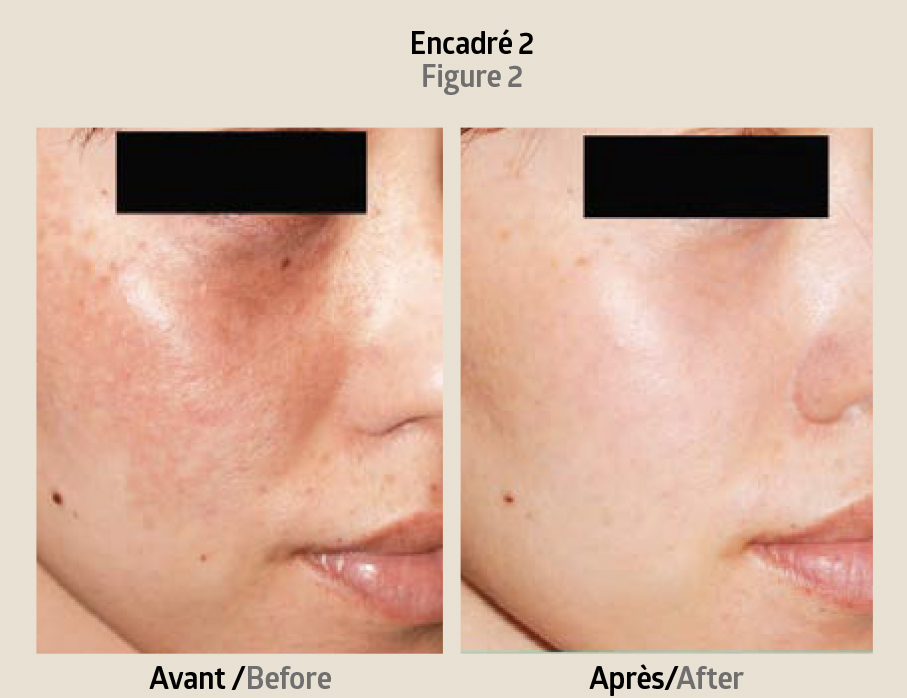By the doctor Victor Anderes
Tattoo removal is one of the world’s most popular cosmetic treatments today. More and more people regret their tattoos, most often due to a change of taste, lifestyle, or fashion. The market is expected to grow at 12.7% per year until 2023. There are several ways to remove tattoos, with varying levels of success and side effects. The most common method is laser tattoo removal.

Laser tattoo removal is a popular technique that a qualified medical professional must perform.
The removal of any type of tattoos or pigment requires the successful combination of several technologies – the right wavelength, the right pulse duration, and the right energy level. The enlighten platform by US-manufacturer Cutera is the world’s first system that combines both nanosecond and picosecond pulse durations, with an optimum combination of parameters to effectively treat unwanted pigmentation and tattoos. This is effective on all types of tattoos: black, coloured, monochrome, or polychrome.
Pigmentation laser, the ideal tattoo removal solution
In recent years, the pigmentation laser has become an effective solution for tattoo removal without surgery and with fewer side effects and less scarring problems. Due to the development of the pico second laser, the total duration of the tattoo removal treatment can be shortened. The treatment is faster, the efficiency is higher, and the skin tolerance is better. The traditional nanosecond technology is more effective in treating large ink particles. As the particles get smaller, shorter pulse durations are more effective (Figure 1).

Cutera’s Enlighten is the only platform to combine traditional nano-second and picosecond technology at three true wavelengths: 532 nm, 670 nm and 1064 nm and a specific pulse duration. With the ability to use three true laser wavelengths, rather than the alternative and highly unreliable, underpowered dye kit filters, the enlighten can handle a variety of colours and can target particles of various densities and sizes efficiently. This technology reduces the number of treatments required. The enlighten allows you to work with a maximum spot size of 10mm at 10hz and a maximum fluence of more than 6j. This makes it possible to finish tattoos and to work on large parts easily. With this technology, you can also switch from Nano to Pico and juggle between the 3 wavelengths without having to change handpieces.
PICO Genesis: Beyond laser tattoo removal
Enlighten also features two highly unique, signature Cutera proce- dures: PICO Genesis and PICO Genesis FX.
The highly in-demand PICO Genesis is a non-ablative, no downtime skin procedure for the treatment of pigmented lesions and general photodamage, helping gain significant global improvements of skin quality and tone. PICO Genesis FX is a new addition to Cutera’s enlighten platform that uses fractionated picosecond laser pulses delivered with a novel Micro Lens Array (MLA) handpiece for the treatment of acne scarring and textural improvements (Figure 2).

The Genesis technology reduces the appearance of natural pigments such as melasma and lentigines with incredible effectiveness. PICO Genesis is a 2-in-1 laser procedure that breaks down unwanted pigment, eliminating age spots and sunspots while providing deep skin resurfacing. Laser Genesis is mainly used in the face, neck, and shoulder areas. It heats the upper dermis gently and without any pain, stimulating the production of collagen. During the treatment, a slight tingling is experienced, which lasts only a few minutes. The greatest advantage of this technology is that there are few visible effects after the treatment. Although slightly red, the skin’s appearance remains completely natural.

Dr Victor Anderes is a specialist in general medicine with a degree from the University of Bordeaux.
He is also an aesthetic doctor specialising in darker skin types.












